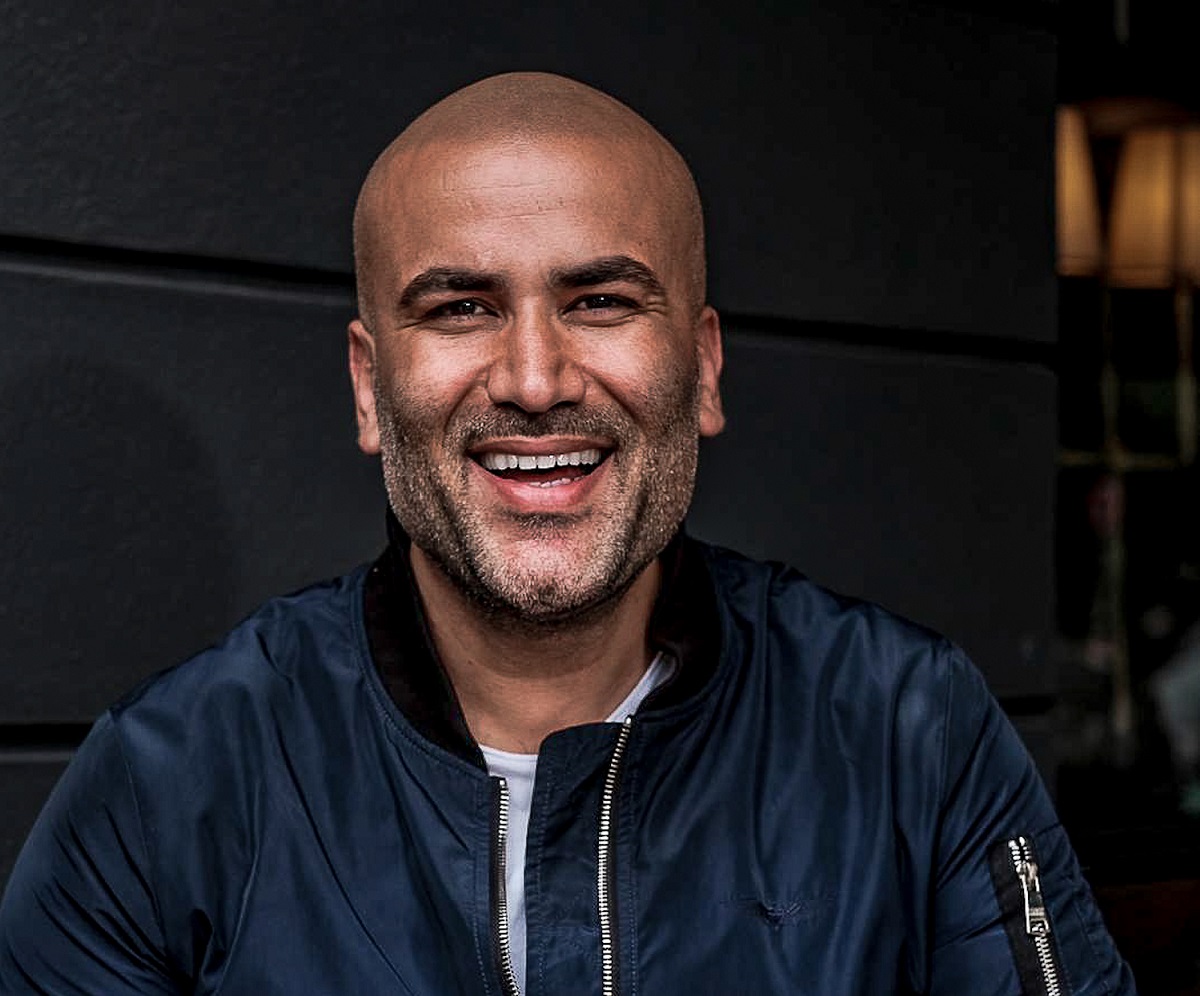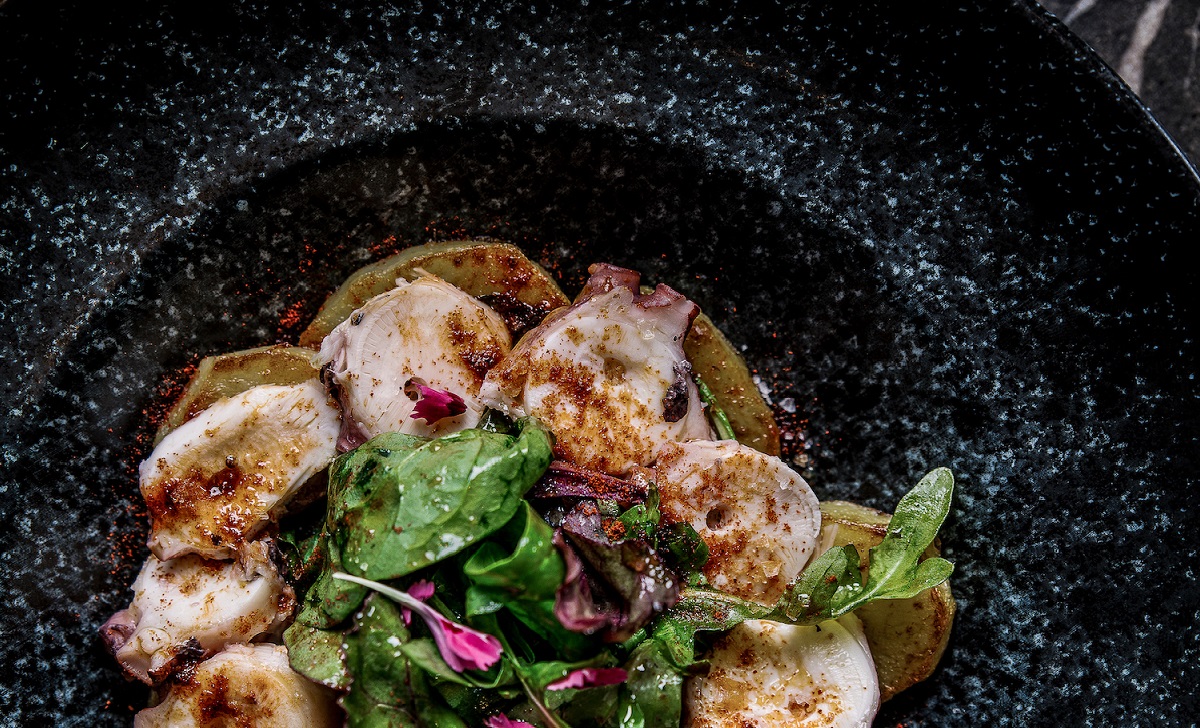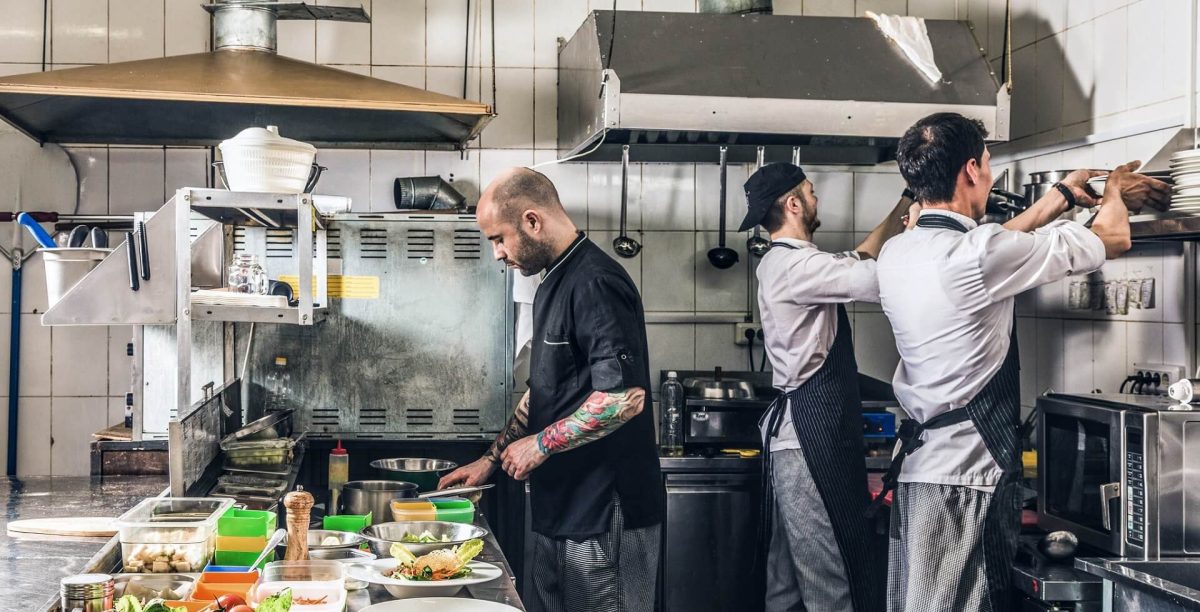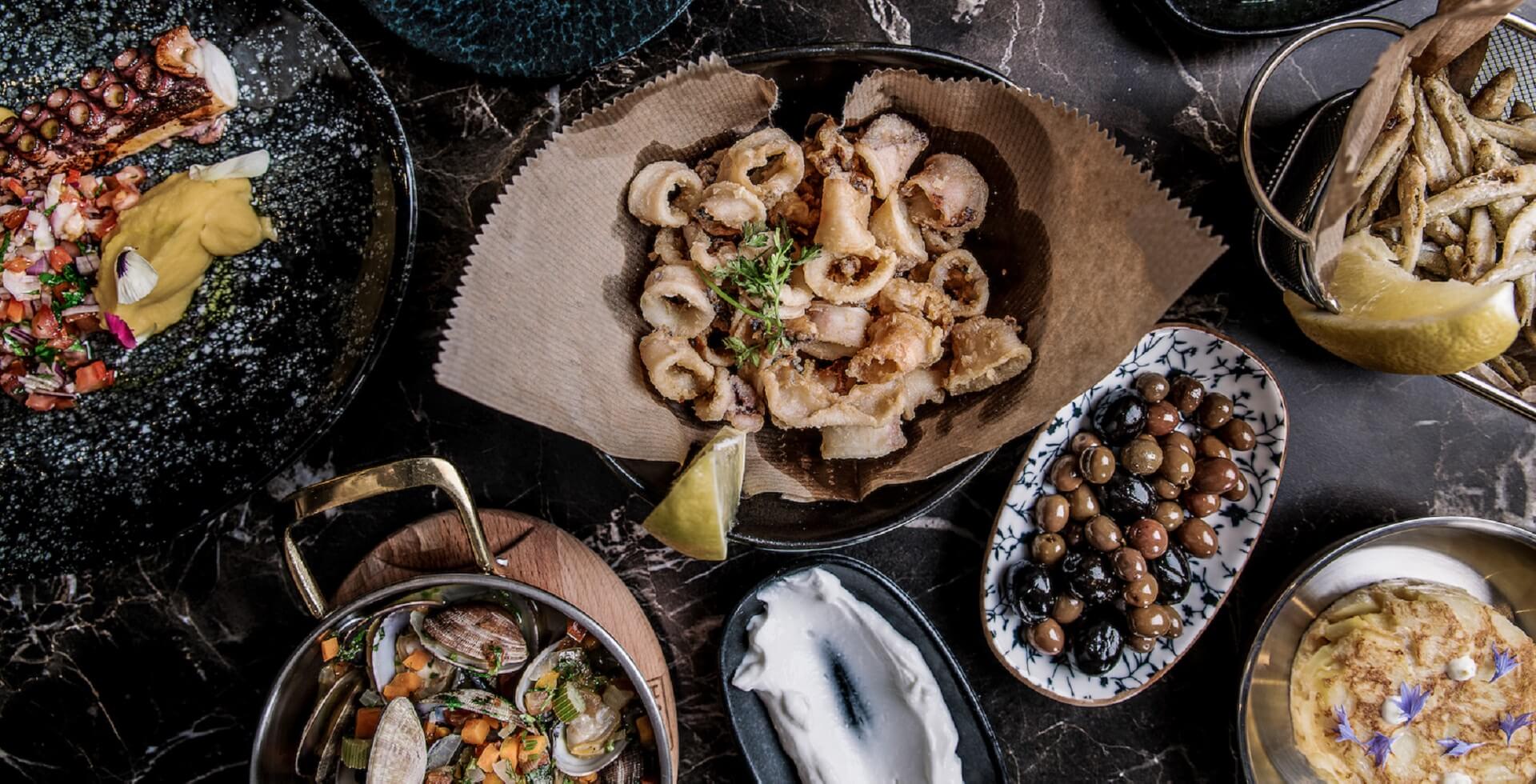Time and again, gastronomy is referred to as a “crisis industry”. This was the case during the coronavirus pandemic. Even now, in 2023, it is considered to be one of the industries that is most affected by rising prices. The shortage of skilled workers, which has dominated media coverage of the gastronomy industry for years, is not exactly good for its image either.

Image: La Paz
However, despite all the gastronomic mistakes that can happen in business, there are also success stories. These success stories come from restaurateurs who know exactly what it takes to open a restaurant – and how a well-designed opening can also create lasting success.
One of them is Kemal Üres. With over 25 years of experience as a restaurateur, he knows the entrepreneurial nuts and bolts of the hospitality industry better than anyone. He’s also made a name for himself as the “gastro whisperer,” a well-known consultant and speaker who combines knowledge transfer within the restaurant industry on social media with a wide reach.
Born in Constance, he has lived and worked in Hamburg since 1999, where he’s had quite the career: He started at the Park Hyatt Hotel Hamburg, became the youngest manager in the world, opened the now cult La Paz in the Eimsbüttel quarter three years later, and finally the catering company Daily You – eat powerful in 2009. Today, Üres is not only a successful restaurateur, but also an author, business angel and investor. So what are the five biggest gastronomic mistakes that should be avoided when opening a restaurant? And how do you avoid them? The professional explains.

Image: Kemal Üres
Gastronomic mistake #1: Rely on your gut instead of numbers
“Although it’s less common today than it was 20 or 30 years ago, many restaurateurs still fail because of an incomplete business plan,” says Üres. By incomplete, the multi-gastronomer means a business plan written by someone else. One that simply breaks down numbers without actually thinking beyond them. “A business plan is much more than this. It must be like a handbook where you start writing down your ideas. Only then will you realize how complex it is to do your own restaurant!” Target group analysis. Location analysis. What can I do? What do I offer? Who are my partners?” First, each of these points must be clearly defined and all questions must be answered in advance.
According to Üres, this is the only way to ensure that the figures relating to liquidity and marketing plans, employee and rental costs have any substance. Speaking of facts, the second gastronomic mistake, which Üres often makes, also has to do with hard numbers.
Gastro mistake #2: Opening your restaurant with little capital
Good old money. Ok, so it sounds a little obvious: To start a business, you need money, and then some. However, especially in times of inflation like these, many use up the start-up capital they so painstakingly raised at the beginning far too quickly. “Inexperienced restaurateurs tend to misjudge that these days,” explains Üres about this common gastronomic mistake. “You simply have this period of one to two years where you need to make sure you can cover the cash flow. After all, in the restaurant business, that’s exactly the time when guests are slowly becoming regulars, when you’re building up marketing, or when productivity is leveling off after opening.”

Image: AdobeStock | DWP
According to the expert, there are some costs lurking at the beginning that many don’t necessarily take into account. “During this time, you spend a lot of money on different things, such as remodeling, repairs, warehouse costs, and on and on. Plus, employees come and go during any start-up phase. For the restaurateur, this means high onboarding and offboarding costs, especially at the beginning. Many are so euphoric about their first restaurant concept because they want to make their dream come true. But euphoria can be your biggest enemy because you underestimate the importance of cash flow!”
Gastronomic mistake #3: Focusing only on the restaurant opening
Ok, so let’s imagine that the opening is complete. Maybe a lot of guests were enthusiastic at the opening party, proclaiming their desire to come back as soon as possible. Although you’re entitled to pat yourself on the back as a newly minted restaurateur, the work really only starts now. After all, now is the time to make sure you avoid the next gastronomic mistake. Now you have to ensure you deliver the same quality in the future as well. “And that’s exactly what’s so difficult, as I see all the time,” Üres says. “Let’s not forget: I need consistent food quality that pays off.

Image: La Paz
That’s why three things come together when it comes to retaining quality: “The profit margin, the cost of goods, excellent kitchen equipment and menu design. In my opinion, these are the things that are the most important levers for maintaining quality after opening. However, there is one problem: Many people only learn this over time – but then it’s often too late. And many never learn this simply because they never broke it down properly in the business plan. It also took me a long time to do so!” And then there are the employees.
Gastronomic mistake #4: No strategy for dealing with employees
Onboarding and offboarding costs are one thing. However, the soft skills required to deal with employees are just as important. After all, you’re the one who decides whether employees stay in the business or not, as well as whether and how they develop. In turn, all this has a huge impact on the quality of the restaurant. “There’s only one problem: When they open a restaurant, many simply don’t have any experience dealing with employees. That’s completely normal. But many then make the gastronomic mistake of getting to close to their employees.”

Image: Adobe Stock | xartproduction
A misconception which many new restaurateurs seem to have: Be a pal to your employees, and they’ll perform. According to Üres, the opposite is often more effective. “Becoming a little closer together through performance works better in my experience.” In this way, you get to know the strengths of each employee better and know what makes them tick. Afterwards, you can also answer questions about targeted support much better, as the professional well knows. “How do I teach my employees as much as possible? What internal system do I have so that they can develop gradually? These are the questions that matter, not what I can do next to make sure my employees and I get along as well as possible.”
Gastronomic mistake #5: Wanting to please everyone
Last but not least: We live in times of gastronomic mono-concepts. Those who want to please everyone today have lost. More than ever, restaurants define themselves through a consistent, clearly defined range of products and services. That was not the case 30 years ago. For Üres, the most important questions for surviving in the gastronomic market in 2023 is therefore: What is my USP? What exactly does my restaurant stand for? To be noticed, you now have to position yourself at the forefront of the market. “All of this has to be reflected on the menu and in the interior,” says Üres. “But it is also easy to communicate with a signature dish. You choose a product that reflects the essence of the restaurant brand and bring it to life in the form of a dish.”
Sieh dir diesen Beitrag auf Instagram an
How do you do that? For Üres, one thing is for sure: by using social media. “The best concept won’t do you any good if you don’t put it out there. Instagram and TikTok have enormous reach potential, although a video on TikTok can go viral even if you don’t have a large number of followers. This is especially promising for people who have just opened their restaurant!”
What these gastronomic mistakes make clear: They somehow all connect and overlap with each other. If marketing expenses are not included in the business plan, you can’t communicate the USP. This means you can’t retain employees, and cash flow will also collapse after a short period of time. The logical conclusion is that the desired quality is lost as a result.
“But if you stick to avoiding these five gastronomic mistakes,” says Üres, “I can say with a fairly high probability that you’ll earn money with your restaurant – and will soon be able to open a second one.”
















